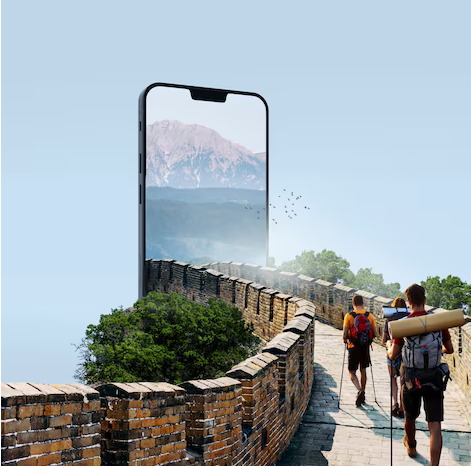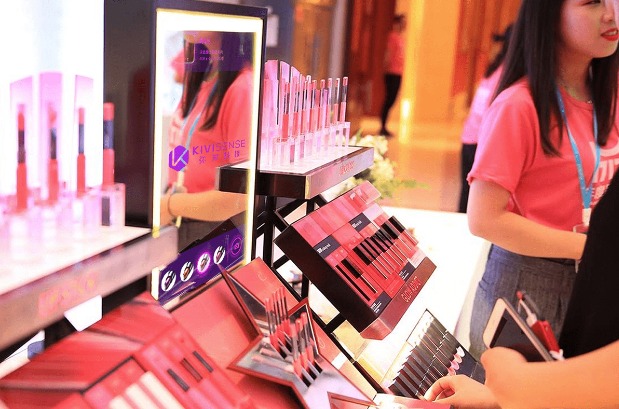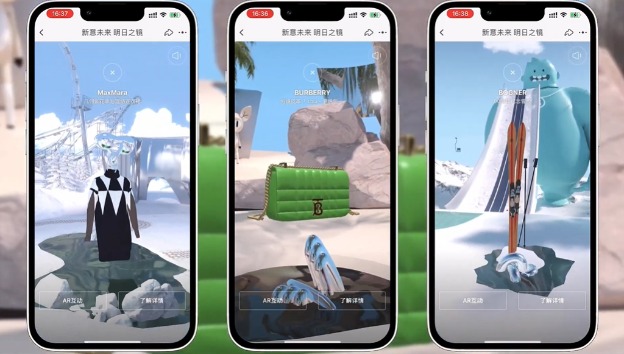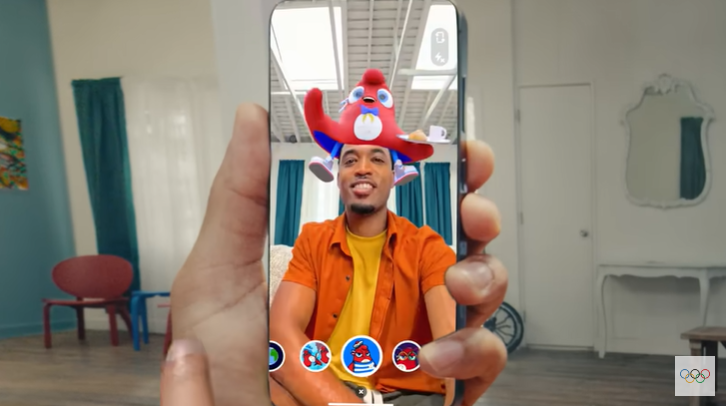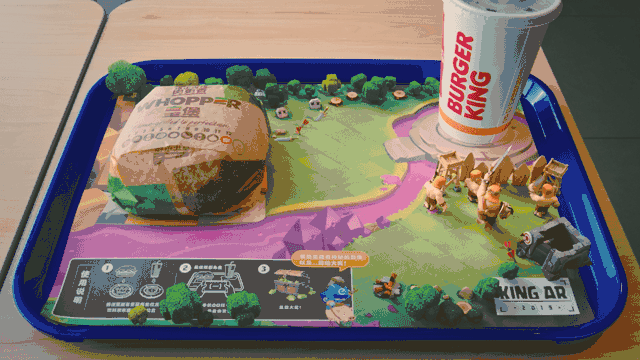What is augmented reality travel?
From virtual guides to interactive maps and directions, augmented reality in travel has revolutionized the world. The digital aspects mixed with the physical world with three-dimensional overlays increase the sightseeing experience for a tourist. Augmented reality travel is the digital enhancement of artifacts for the immersive incorporation of augmentation.
With time, there is development in the structure of museums and historic buildings. Keeping up with cultural insights as augmentation offers experiences in the form of historical figures by interaction through three-dimensional artifacts.
Impact of AR technology on the travel industry: Latest stats
Gone are the times for leisure travel. Now time has come for broader impact and virtual experience from the ease of your couch to understand if some traveling region is worth the time and hassle.
Transforming as the latest technological approach in travel, augmentation has become a prime application of the try-before-you-fly experience. From virtually exploring the advent of top-tier airports from their business lounges, the tailored AR submerging technology is taking over rapidly. The end-user or destination marketers ensure innovative promotions and local offerings while traveling in place of virtual reality mixing three-dimensional environment so user navigation augmentation offers a much more explicit preview for tourist interaction.
For example, the Hong Kong International Airport has a cutting-edge gyroscopic approach with a 360-degree virtual approach.
The metaverse market projects a CAGR of 26.01% growth by 2026. This entity ensures traveling companies and hotels will intend towards flourishing technological approaches. The visual appeal of the technological readiness makes it an important determinant for tourists.
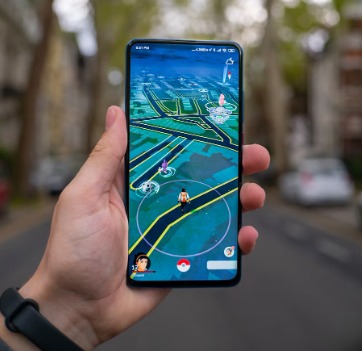
Source: Kommumikation
How AR Tourism uses Landmarks as Attractions
Tourism through augmentation is a different experience. It enhances the way tourists can remember historical facts and figures. The old way of looking at buildings or landmarks without any insight is long gone. Here are a few examples of how augmentation has evolved the tourist experience in travel.
Now tourists can travel to the 1900s with the touch of a button. The augmented experience in devices or AR glasses helps enjoy a panoramic view of the Eiffel Tower. There is a three-dimensional creation of surroundings including Notre-Dame Cathedral from 1789. Not only that, the Bastille Saint-Antoine brings an eye-catching view way before the French Revolution.
Source: Linkedin, Google AR&VR
Next up is The Colosseum in Rome, Italy. The 3D reconstruction from ancient times brings forward the simulations of gladiator battles. This insightful view of when the Colosseum was in its prime comes with virtual fighters and emperors. Each ruin has a designated story and the reason for its ruin through augmentation.
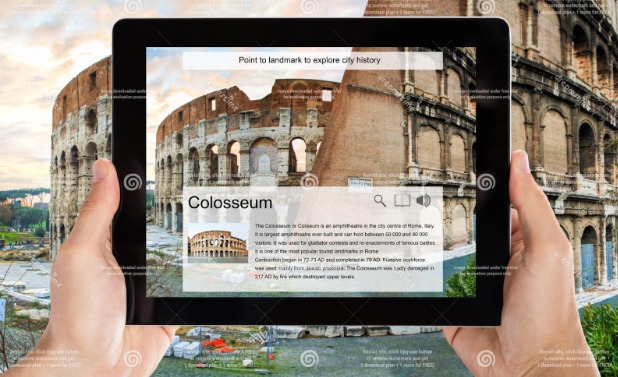
Source: Dreams Times
Now tourists can pinpoint the inner framework of the Statue of Liberty for enhanced exploration of the statue’s history. From exploring Liberty Island to the statue’s creation, augmented try-ons are transforming the technological approaches.
For example, a developing technological experience of Lunar New Year, the Changsha IFS AR was a successful campaign. The augmentation detects the head-to-toe movements of a tourist.
Besides that, the pre-visit to historical places is an immersive experience. However, downloading apps is not a tourist priority. Now, opening the link provided for WebAR has changed previewing artifacts.
Another example of a pre-visit of historical artifacts is the tourist souvenir try-ons. This technology lets any tourist access iconic shopping spots for hats and experience wearing medieval armor for anticipation and engagement.
Benefits of augmented reality in travel
Enhanced on-site navigation
Traveling has become easier with overlaying directional information. From spotting top-tier restaurants near the hotel to intuitive exploration of the city’s landmarks is an access that tourists have lacked over the years. The augmented reality in traveling highlights all the spots one can visit for an expanded experience around the area. For example, you can bring boring museum statures to life with AR.
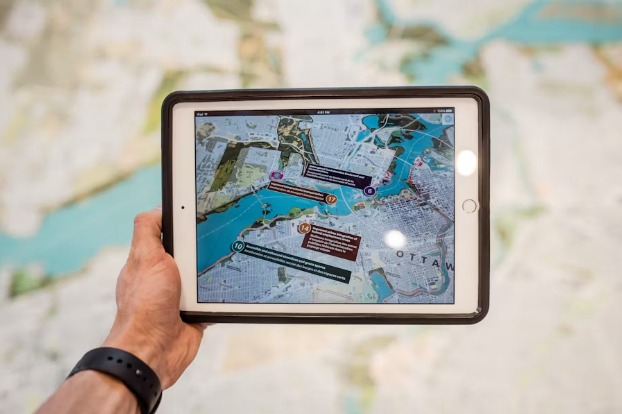
Real-time directions
Most of the time, traveling is visiting a place for the first time. Augmentation plays a crucial role in transforming the directions through the camera view. For complex places like airports and train stations, tourists can get assistance around the gates and terminals for a better traveling experience. Augmentation has helped streamline confusing environments with dynamic approaches.
Source: Wechat, ARgo
Information overlay
Looking at a historical artifact without any knowledge or understanding is a bland experience. Overcome the mediocre tourism experience with an information overlay. For every artifact or historical figure you point the camera at, there will be information about their prime times. If no information is available, the augmentation with the landmark puts forward three-dimensional reconstructions with cultural details of artifacts.
For example, Huawei’s Future Home in Shanghai has overlays of digitalization and futuristic overviews. The mind-blowing experience of ‘Ten Days Later’ is a unique and capturable moment.
Language translation features
Most of the tourist countries with historical backgrounds are language-oriented. Now with instant text translation, travelers can read signs, menus, billboards, and historical plaques. It is easier and more convenient. Not only that, but augmentation in conversational translation is helping with directions, bookings, and general inquiries.
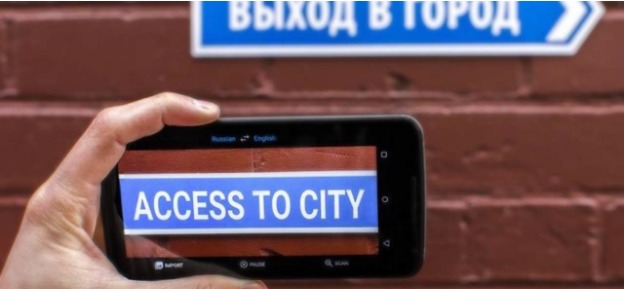
source: Mobile AR News
Immersive advertising and marketing
Sometimes trusting a destination is hard for tourists. AR helps in destination previews which means users can explore vacation spots and hotels. Before booking, there will be a complete personalized preview based on the traveler’s preference.
For example, anyone with a passion for Club Med resorts can enjoy an augmented reality experience with Club Med Mediterranean Club’s AR Adventure. Virtual guides to enhanced exploration, as well as fun activities for guests of all ages. The interactive elements help in keeping the audience engaged through digital layers layered with the real world.
Another use case is that augmented reality has widened horizons and introduced Yayoi Kusama’s iconic “Flowers” series to life. The merging of art with technology symbolized boundless energy and life with interactive spreading with a dream-like world and blending digitization for art and physical space. This unique encounter adds colors and elements through screens outside stores of Louis Vuitton.
Applications and use cases of AR in the travel industry
AR travel guides
If you are a travel enthusiast, there are some things that we learn along the way. One of them includes being unaware of how unaware we are about certain locations. Like when you climb the top of the mountain, you wouldn’t know which one is next to it or the one in front of you. That’s where the PeakVisor comes in. This AR platform scans the location of the tourist and identifies all the mountains around it. For technological approaches, the brochures, hotel guides, airport terminals, and points, are all instilled with augmentation. All locations are pointed with markers or arrows for easier identification of the spot.
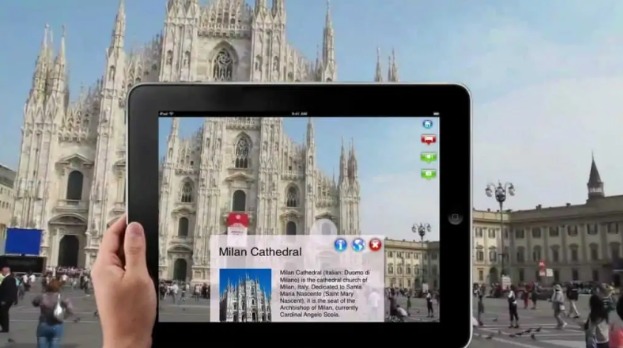
Source: inglobetechnologies.com
AR in hotels
Hotels allow an augmented experience of the rooms before tourist booking. Not only can they walk through the room but also view certain amenities like windows and room configurations. Interactive hotel apps are a new way of attracting tourists who want to spend more time exploring than figuring out where to stay the night.
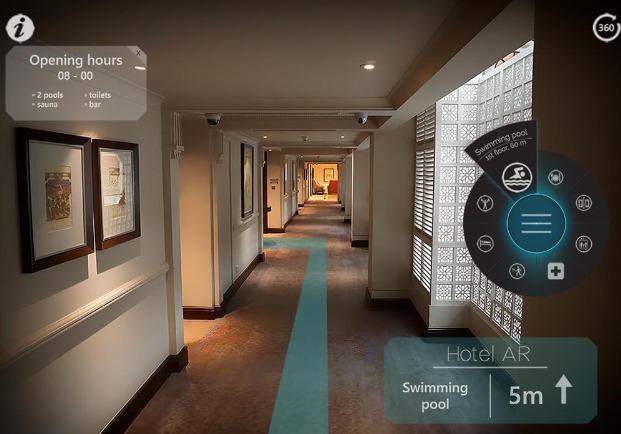
AR for city tours
The self-guided city tours are replacing local guides. Navigating through the cities has evolved the tourist experience by accessing history and architectural details with the ease of the phone. The audio guides and three-dimensional characters bring forth more meaningful interaction at the monument.
AR in museums and historical sites
Tourists want to experience how interactive museums and historical sites look in their prime. The augmentation delivers personalized preferences based on tourist likes. Not only is it an unforgettable experience with digital overlay but also enhances the historical understanding.
AR in zoos and parks
Zoos are the tourist’s favorite places. The AR-enabled virtual guides help tourists understand the attractions of the zoo and the wildlife. From data about the species to habitat and behavior, augmentation animates the wildlife for demonstration. The parks, filled with botanical gardens, help in interactive learning of the Botanics. The evaluation and details of each species in zoos and parks build a real-time experience through digitalization.
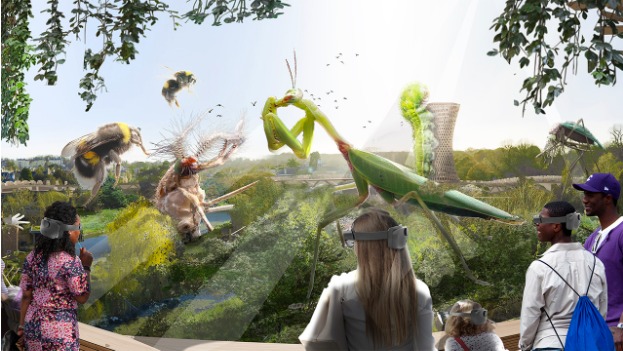
Source: Jingdaily
Future prospects of AR in the Travel industry: what to expect?
The possibilities for augmented reality are immense. Not only the augmented reality travel market is growing drastically, but the idea of revolutionizing the integration of AR is competitive. From the trial runs and in-flight entertainment to booking services with a preview of the room, everything is now a touch away. No tourist wants to get lost around the city when traveling for the first time. The augmented travel locations and local transits have made sure the first-hand experience is unmatched.
The AR in the travel industry is expected to rise by 30% in the next year due to the ease of technological approaches. The integration of uncomplicated approaches to tourism experience mixed with personalization extends the trend of traveling.
Conclusion
The blending of tourism with augmentation evolves the idea of cultural significance. AR poised perfectly with AR is transforming experience in full glory and kivisense has not stepped down. The technological experiences at kivisense made it the first innovation startup in China selected by Facebook. Progress with Kivisense with try-ons in travel, fashion, and shopping.

